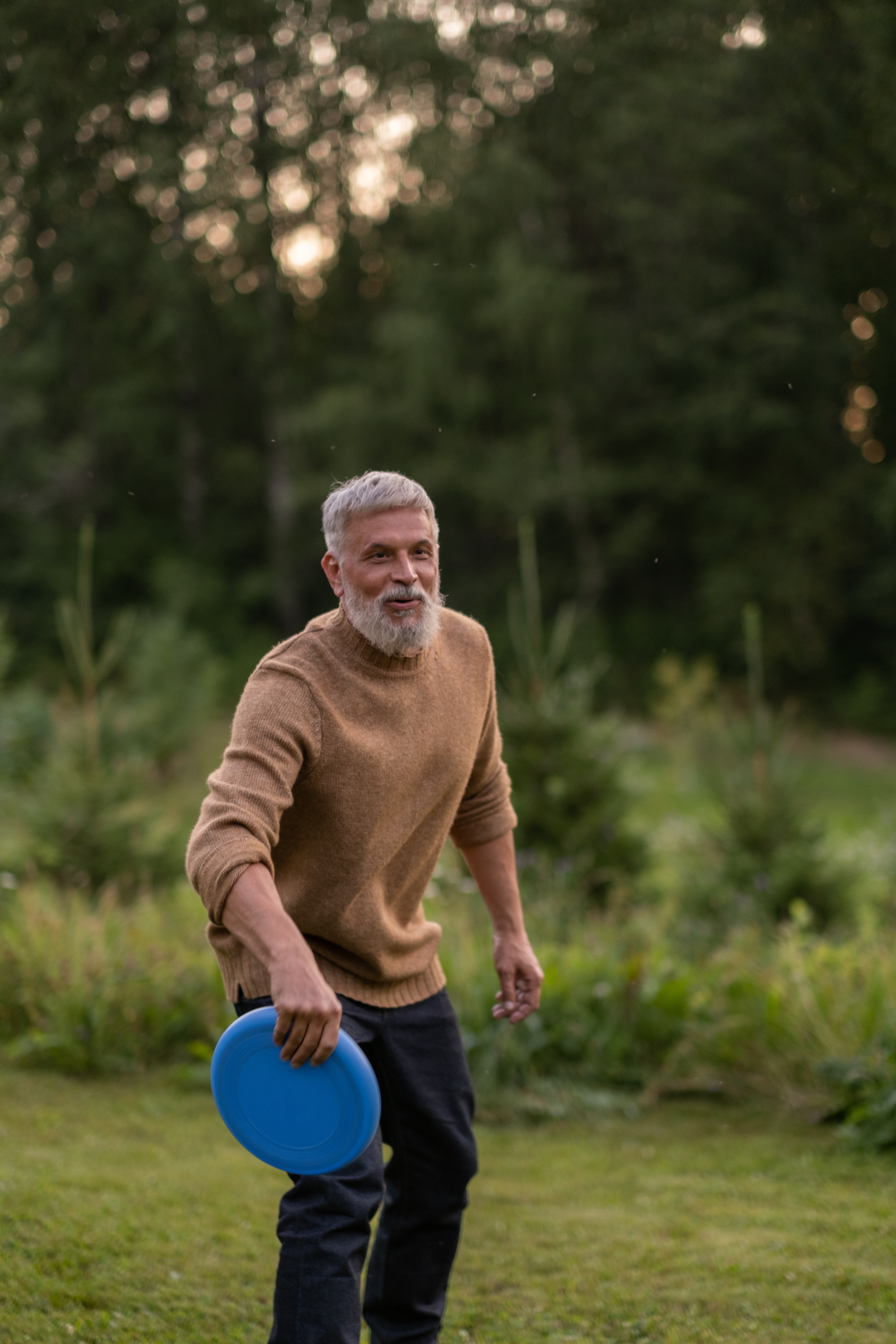The sun is out in full force. The vivid blue sky and toasty weather gracing Napa Valley have finally appeared following a frosty and damp winter. As the birds begin their concert of raucous cackling and chirping, the cacophony of small children can be heard around our local schools and neighborhood parks.
Grimy baseball mitts, frisbees caked with dried sand from last year’s beach trips, and dusty basketballs start resurfacing out of the depths of storage bins in our garages. Our young companions, such as our children, grandchildren, and students, gravitate toward these objects in our backyards, the schools we teach at, or on the field of the youth sports teams we coach and volunteer at. These youngsters are eager to expend their pent-up energy by running rampant, throwing things outside, and screaming their little faces off like singing alongside the Foo Fighters at Bottle Rock. Similar to the potential energy of a tightly coiled spring, any human under the age of fifteen is ready to erupt in exuberance due to the phenomenal springtime weather.
For the adults accompanying these effervescent young humans, we can also expect to see some activity relatively soon. Our children and their buddies sometimes need an additional participant to interact with. Sometimes, the only person available is you. When the question, “Can you play catch with me?” arises, turning down that offer is hard. Your wrists, elbows, rotator cuffs of the shoulder, lower back, and knees better be prepared to perform with these wound-up monkeys. Otherwise, some painful repercussions are just a few days away following a fun day of throwing a baseball, passing a basketball, or tossing a disk with your favorite small human.
To prevent injuries during recreational physical activity, complying with a brief warm-up routine can significantly decrease the likelihood of injury. Our personal training clients perform a dynamic stretching routine that warms up significant joints of the body. In particular, the shoulders, lower back, and knee joints. Here are a few examples of techniques we perform that help to increase blood flow to working muscles associated with joints of the shoulder, lower back, and knees:
Forward and Backward Arm Circle Stretch: Start by lifting your arms to armpit level. Make small circles with your arms toward the front of your body. Increase the diameter of your arm circles to where you feel a little more stretched. After completing ten repetitions, increase the diameter of your arm circles as wide as your range of motion allows and perform large arm circles. You should feel a stretch in your shoulders and muscular sensation in your biceps and deltoids. Once you complete three progressions of gradually increasing your arm circles from small, medium, to large, reverse the direction of your circles and perform the same sequence in the opposite direction. Repeat each set of arm circles for five to ten repetitions.
“Hula Hoop” Stretch: Start by placing your hands on the crests of your hips. Rotate your hips in a circular motion as if swinging a hula hoop around your hips. Reverse the motion by rotating your hips in the opposite direction. You should feel a stretch in the front and rear portions of your hips and the lower back. Repeat this movement for five to ten repetitions.
Leg Kick Stretch: Reach your hand in front of you. While keeping your supporting leg straight, actively bring one leg in front of you to touch your hand as if you are performing a kicking motion. Ensure to keep the kicking leg as straight as possible. You should experience a slight stretching sensation in your hamstring and calf muscles. Repeat this movement for five to ten repetitions on both legs.
Taking a little extra time to perform a few actions emulating movements the body is about to endure throughout a bout of recreational physical activity, such as throwing, running, or catching, not only aids us in avoiding injury but also increases neuromuscular coordination. Therefore, by conducting a brief warm-up before interacting with our young human counterparts, we can avoid nagging strains and pain and show them we still have what it takes to be a dependable teammate to support their recreational physical activities.
Sean McCawley, the founder and owner of Napa Tenacious Fitness in Napa, CA, welcomes questions and comments. Reach him at 707-287-2727, napatenacious@gmail.com, or visit the website napatenaciousfitness.com.

